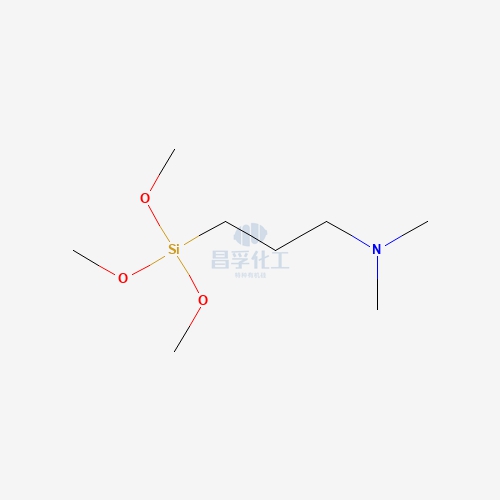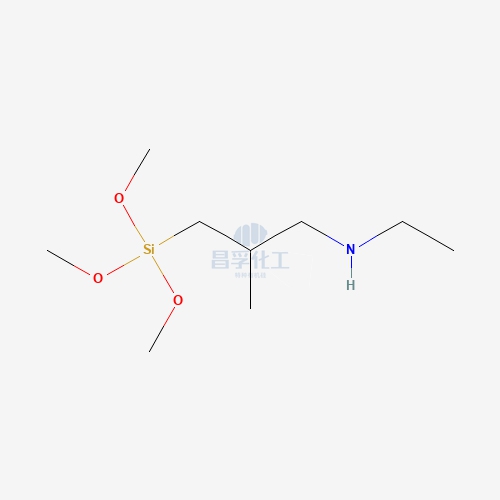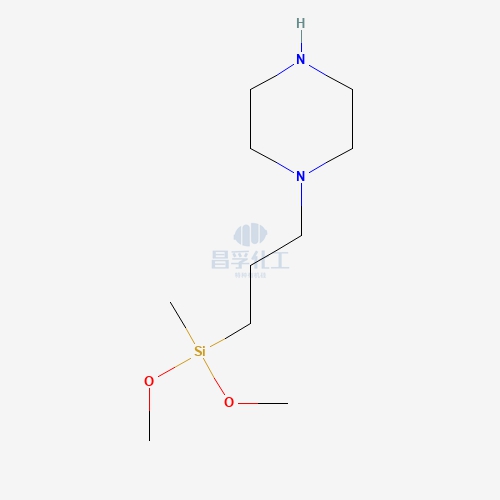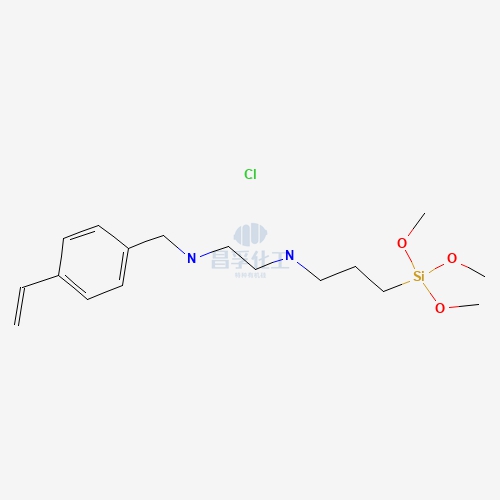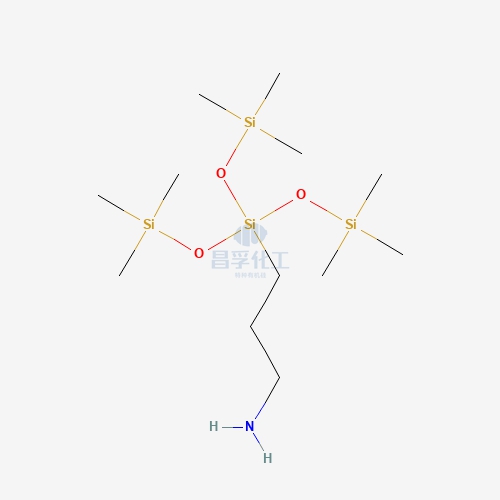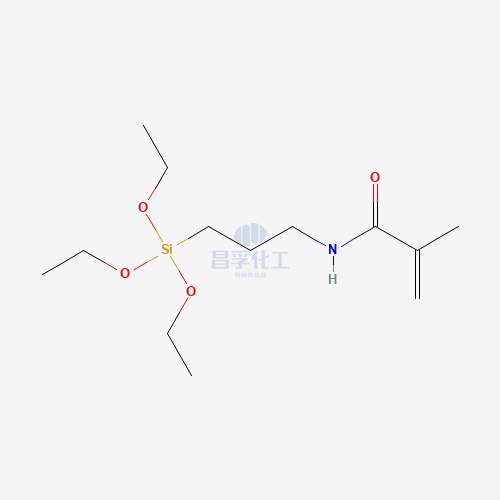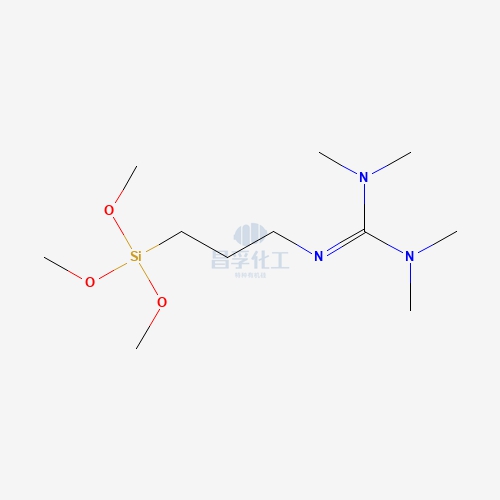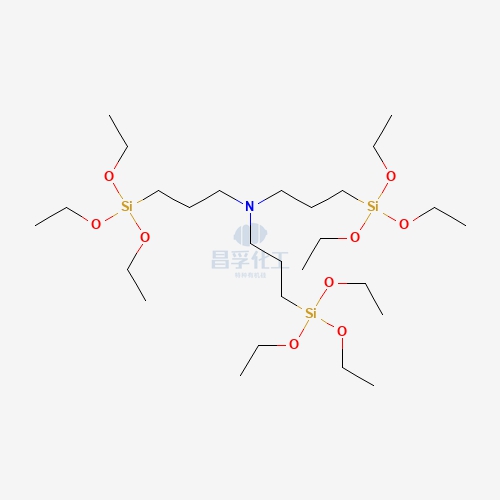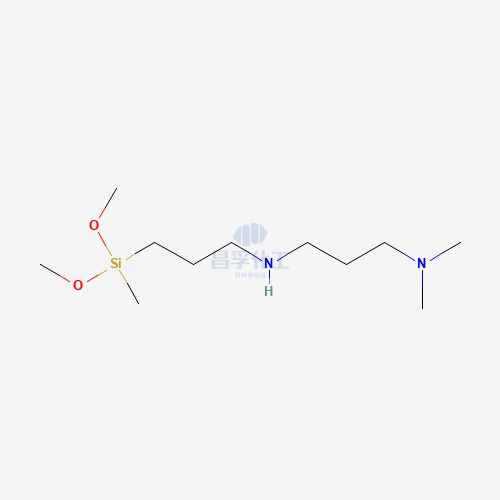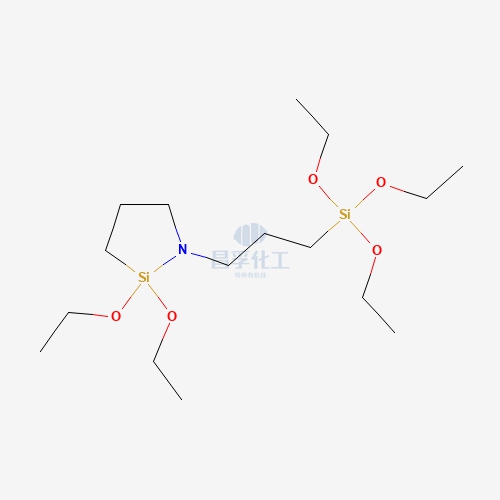
Contact Changfu Chemical Now!
+86 27 8439 6550 | +86 181 6277 0058
Understanding Silicone Based Surfactants: Applications, Benefits, and Innovations
Silicone technology has revolutionized the production of specialty chemicals, enabling the creation of more durable, efficient, and sustainable formulations for a variety of industries. In recent years, silicone based surfactants have become an integral component in various industries, from personal care products to agriculture and industrial applications. Derived from cutting-edge silicone technology, these surfactants offer a range of properties that enhance product performance and stability. They are transforming the formulation landscape, offering benefits that extend far beyond traditional surfactants, such as superior stability, enhanced performance, and adaptability across multiple sectors.
What Are Silicone Based Surfactants?
Silicone based surfactants are a class of surfactants that leverage the unique properties of silicone compounds to provide surface-active functions. Surfactants, in general, are chemicals that reduce surface tension between two substances, like water and oil, making it easier for them to mix or emulsify. Traditional surfactants, made from organic compounds, have been widely used in a variety of applications, such as detergents, personal care products, and industrial formulations.
However, silicone based surfactants stand out because of the unique structure of the silicone molecules they are derived from, mainly polydimethylsiloxane (PDMS) and other siloxane-based compounds. These surfactants have hydrophilic (water-attracting) and hydrophobic (water-repelling) components, allowing them to function effectively in both aqueous and non-aqueous environments. The combination of these properties allows silicone based surfactants to perform better than many conventional surfactants, especially in formulations requiring high performance, gentle applications, or environmental stability.
The Chemical Structure of Silicone Based Surfactants
Silicone based surfactants are based on a backbone of silicon-oxygen (Si-O) bonds, creating a flexible, low surface tension structure. This structure allows the molecules to interact with both water and oil, giving them the ability to emulsify, wet, disperse, and stabilize various systems. The long silicone chains in these surfactants are usually modified with hydrophilic groups like polyethylene glycol (PEG) or hydrophobic groups like alkyl chains, giving the surfactants their distinctive properties.

The Role of Silicone Technology in Surfactant Development
Silicone technology plays a fundamental role in shaping the properties and performance of silicone based surfactants. Over the past few decades, advancements in silicone chemistry have expanded the potential of these materials, allowing for the development of surfactants that offer outstanding performance under extreme conditions.
1. What Is Silicone Technology?
Silicone technology involves the use of organosilicon compounds, which include a broad range of materials such as silicones, silanes, siloxanes, and other related compounds. These materials have unique chemical and physical properties, including:
- Heat Resistance: Silicones can withstand higher temperatures than many organic compounds, making them ideal for use in high-temperature applications.
- Water and Oil Resistance: Silicones are hydrophobic by nature, making them ideal for creating water- and oil-repellent products.
- Flexibility and Durability: Silicone polymers exhibit a high degree of flexibility, mechanical strength, and longevity, even under extreme environmental conditions.
The development of silicone based surfactants stems directly from these properties. Their unique combination of flexibility, thermal stability, and wetting ability makes them highly suitable for industries where high performance and long-lasting effects are required.
2. The Development of Silicone Based Surfactants
The development of silicone based surfactants has been driven by the desire for products that perform better in challenging environments. These surfactants are created by combining the silicone backbone with surfactant molecules to introduce surface-active properties. Over time, this combination has led to innovations in both the chemical structure and the formulation of surfactants, making them more adaptable and efficient in a variety of settings.
Key Benefits of Silicone Based Surfactants
Silicone based surfactants offer numerous benefits over traditional surfactants, making them highly sought after in a range of applications. These advantages include superior performance, stability, environmental compatibility, and safety.
1. Enhanced Performance in Personal Care Products
In the cosmetics and personal care industry, silicone based surfactants have proven to be invaluable. Their ability to perform under extreme conditions, while remaining gentle on the skin or hair, makes them a favorite in a variety of products. Some of the key benefits they provide in personal care formulations include:
- Superior Spreadability: Silicone based surfactants improve the spreadability of lotions, creams, and other skin-care products, providing a smoother and more luxurious feel.
- Non-Greasy Finish: These surfactants help ensure that products leave no greasy residue behind. In hair care, for example, they condition the hair without weighing it down.
- Improved Lathering in Shampoos: Silicone surfactants can help create a creamier, richer lather while minimizing the drying effects associated with harsher surfactants.
- Conditioning Effect: In hair care formulations, silicone based surfactants impart shine, softness, and smoothness to hair, reducing static and frizz without causing buildup.
2. Stability and Longevity in Formulations
Silicone based surfactants are known for their excellent thermal and chemical stability. Unlike traditional surfactants that may degrade or lose efficacy when exposed to extreme heat, cold, or harsh chemicals, silicone surfactants maintain their performance over a longer period. This stability is crucial for products with extended shelf lives, such as those used in industrial cleaning, agriculture, or medical devices.
- Heat and UV Resistance: Silicone based surfactants can endure high temperatures and UV radiation, which is important for products exposed to outdoor conditions or industrial environments.
- Long-Lasting Formulations: Products containing silicone surfactants are less likely to separate, degrade, or lose effectiveness over time, which leads to greater consumer satisfaction and fewer product recalls.
3. Reduced Foam Formation
In industrial applications, excessive foam can cause operational problems. Silicone based surfactants are often used to reduce foam formation, helping maintain consistent performance in manufacturing or cleaning processes. Their anti-foam properties are especially useful in:
- Industrial Cleaning: Silicone based surfactants improve cleaning efficiency by preventing foam buildup that can hinder the cleaning process.
- Paints and Coatings: In coatings, reducing foam allows for smoother application and better finish.
4. Water Repellency and Soil Release
One of the key properties of silicone based surfactants is their ability to enhance water repellency in textiles, coatings, and even surfaces like kitchen counters or glass. In laundry detergents and fabric softeners, silicone surfactants help prevent water from wetting the fabric, ensuring that water rolls off more easily and stains are less likely to set.
Applications of Silicone Based Surfactants
Silicone based surfactants are used across a wide variety of industries. Their versatility and performance capabilities make them indispensable for modern formulations in personal care, cleaning, industrial manufacturing, and agriculture.
1. Personal Care and Cosmetics
Silicone based surfactants are commonly used in personal care products for their ability to improve texture, enhance product stability, and provide a luxurious user experience. They are used in:
- Shampoos and Conditioners: Silicone based surfactants are prized for their ability to leave hair feeling soft, smooth, and shiny without leaving greasy residues.
- Facial Cleansers and Lotions: They improve skin-feel, reduce irritation, and enhance the moisturization effect of skincare products.
- Sun Care Products: Silicone based surfactants help increase the performance and spreadability of sunscreen and other sun care formulations.
2. Agriculture
In the agricultural sector, silicone based surfactants enhance the effectiveness of pesticide and herbicide formulations. Their superior wetting properties help these chemicals spread more evenly on plant surfaces, improving coverage and absorption. This leads to better pest control and reduced chemical waste.
3. Industrial and Household Cleaning
Silicone based surfactants are widely used in both industrial and household cleaning formulations. Their wetting, emulsifying, and anti-foaming properties make them ideal for:
- All-Purpose Cleaners: Ensuring even application and better performance across various surfaces.
- Dishwashing Liquids: Reducing grease and stains while ensuring a better wash without harsh chemicals.
- Laundry Detergents: Enhancing fabric softness, removing stains, and preventing fabric wear and tear.
4. Textile Industry
Silicone surfactants are used to impart water-repellency, softness, and durability to textiles. They are often found in fabric softeners, water-repellent coatings, and finishing agents for fabrics, providing smoother textures and longer-lasting garments.
5. Paints and Coatings
In the paint and coatings industry, silicone based surfactants improve the dispersion of pigments and reduce surface tension, ensuring uniform coverage and a high-quality finish. These surfactants also increase the durability and weather resistance of coatings, making them more suitable for outdoor use.

Innovations in Silicone Based Surfactants
Recent developments in silicone technology have driven the evolution of silicone based surfactants. These innovations focus on improving sustainability, reducing environmental impact, and increasing efficiency in a variety of applications.
1. Biodegradable Silicone Based Surfactants
As environmental sustainability becomes a key concern across industries, there is a growing push for silicone based surfactants that are biodegradable and safer for aquatic life. These newer formulations are designed to break down more quickly in the environment, reducing the accumulation of persistent silicone residues in waterways.
2. Silicone Nanoparticles
The use of silicone nanoparticles in surfactant formulations is a growing trend. These nanoparticles improve the efficiency of surfactants by increasing their surface area and enhancing their interactions with oils, water, and other substances. This allows for improved performance in cleaning, emulsification, and stabilization processes.
Conclusion
Silicone based surfactants are a critical component of modern formulations across a wide range of industries. Their unique chemical properties, combined with their ability to provide superior performance in challenging environments, make them a valuable asset in personal care, agriculture, industrial cleaning, and more. With ongoing innovations focused on sustainability and enhanced performance, silicone based surfactants are poised to remain at the forefront of formulation technology for years to come.
By understanding the benefits, applications, and innovations in silicone based surfactants, companies can leverage these materials to develop better products that meet the needs of today’s market while keeping environmental impact to a minimum.
Popular Silicon Compounds
Popular Silicon Compounds
Related News & Blog
Related News & Blog


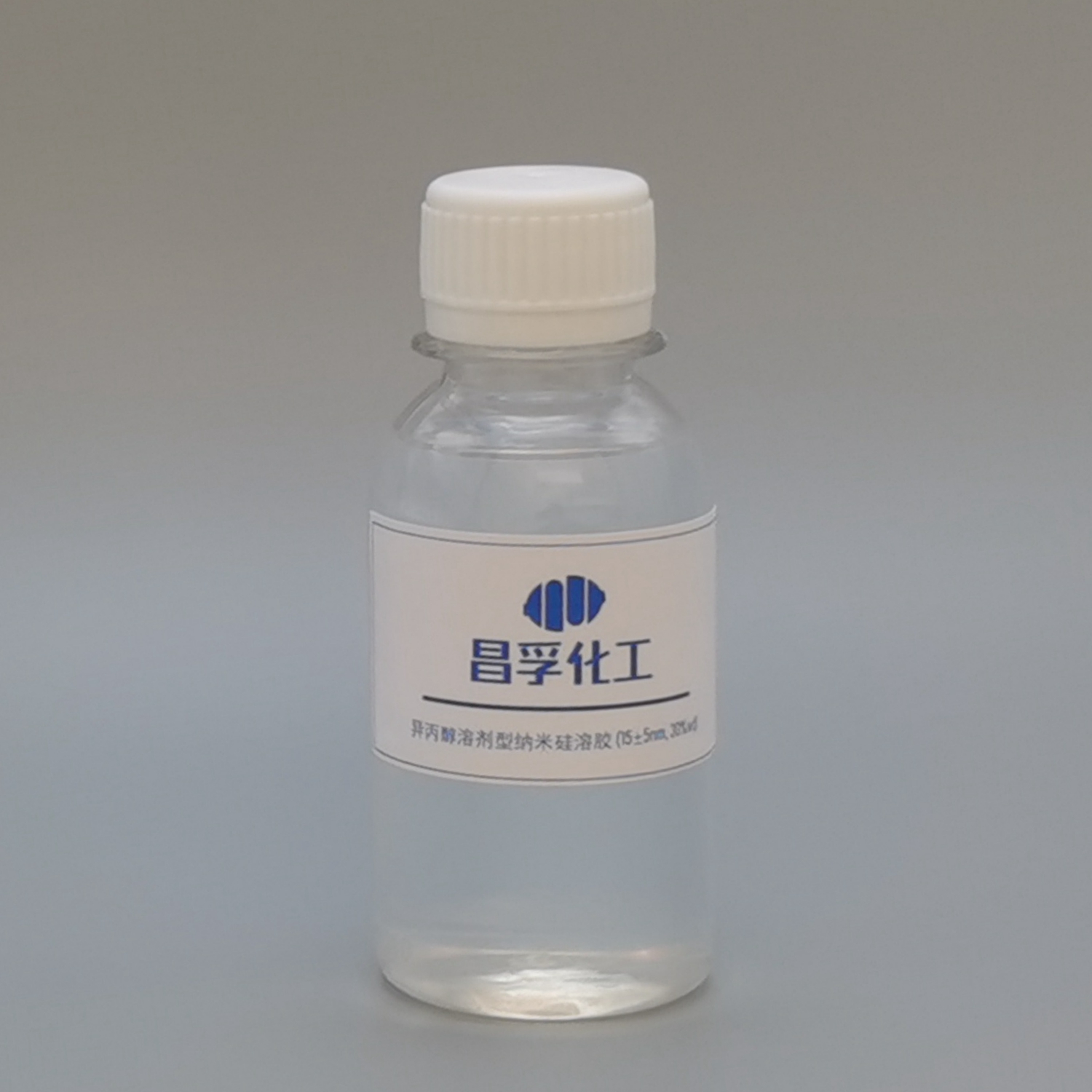
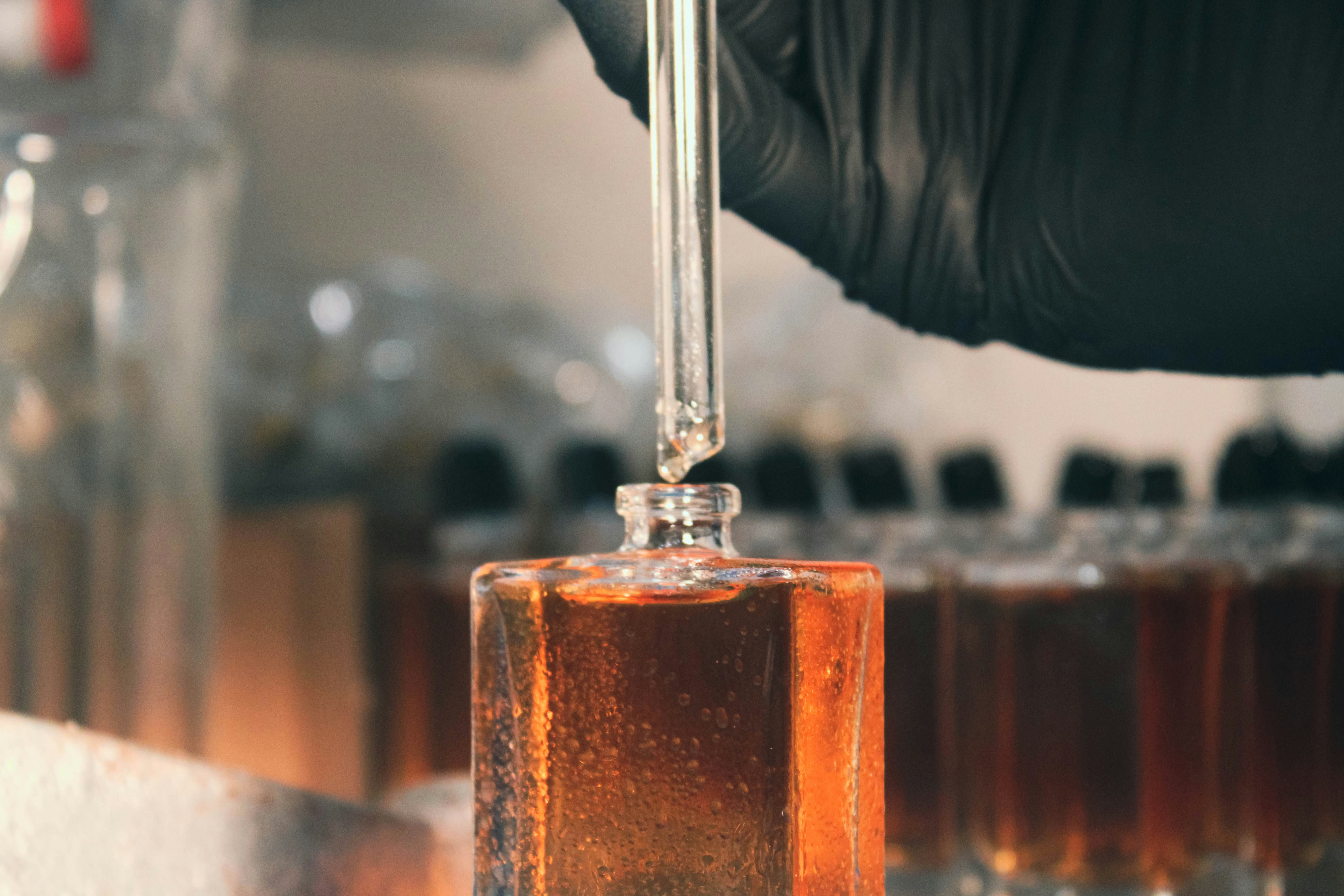








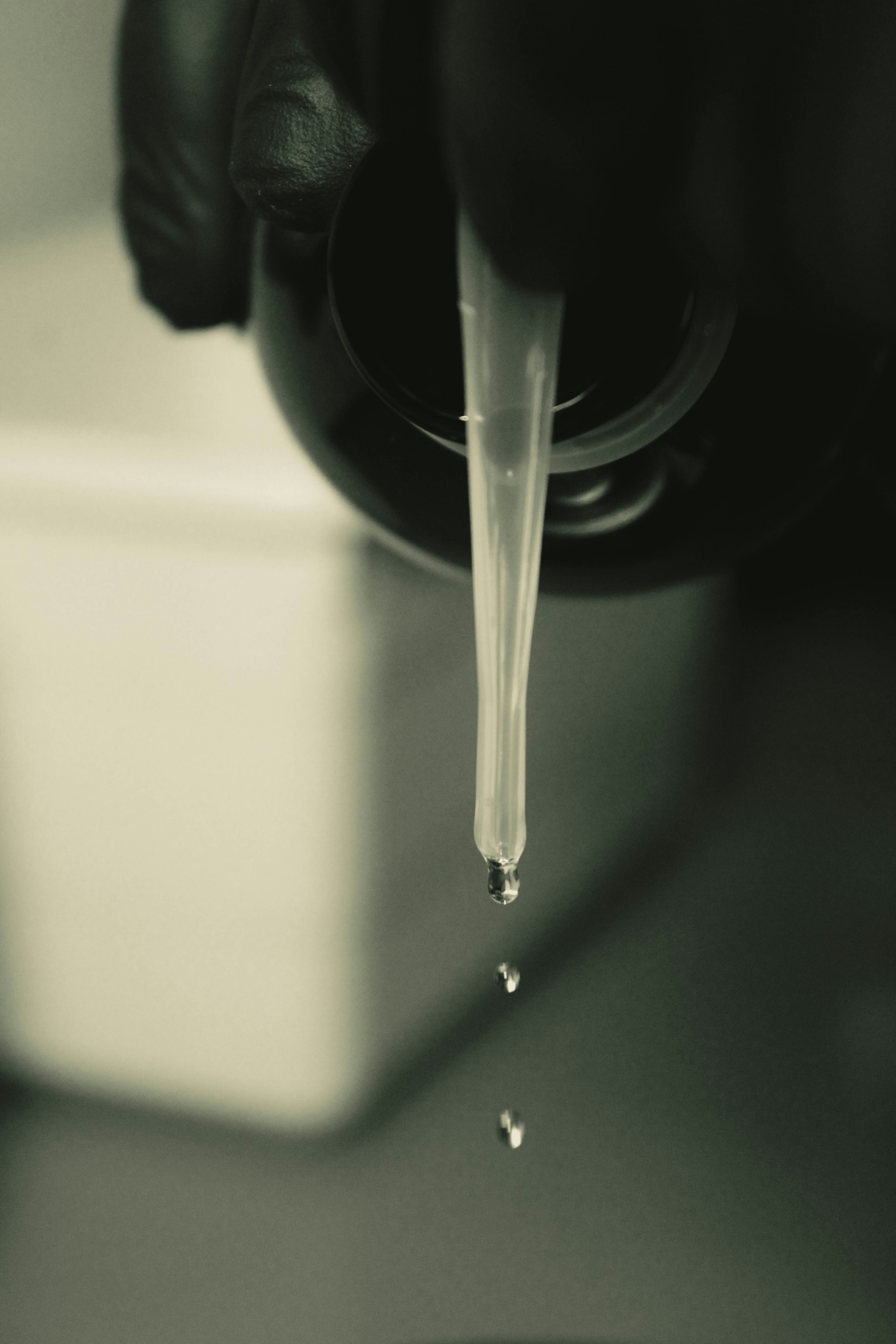











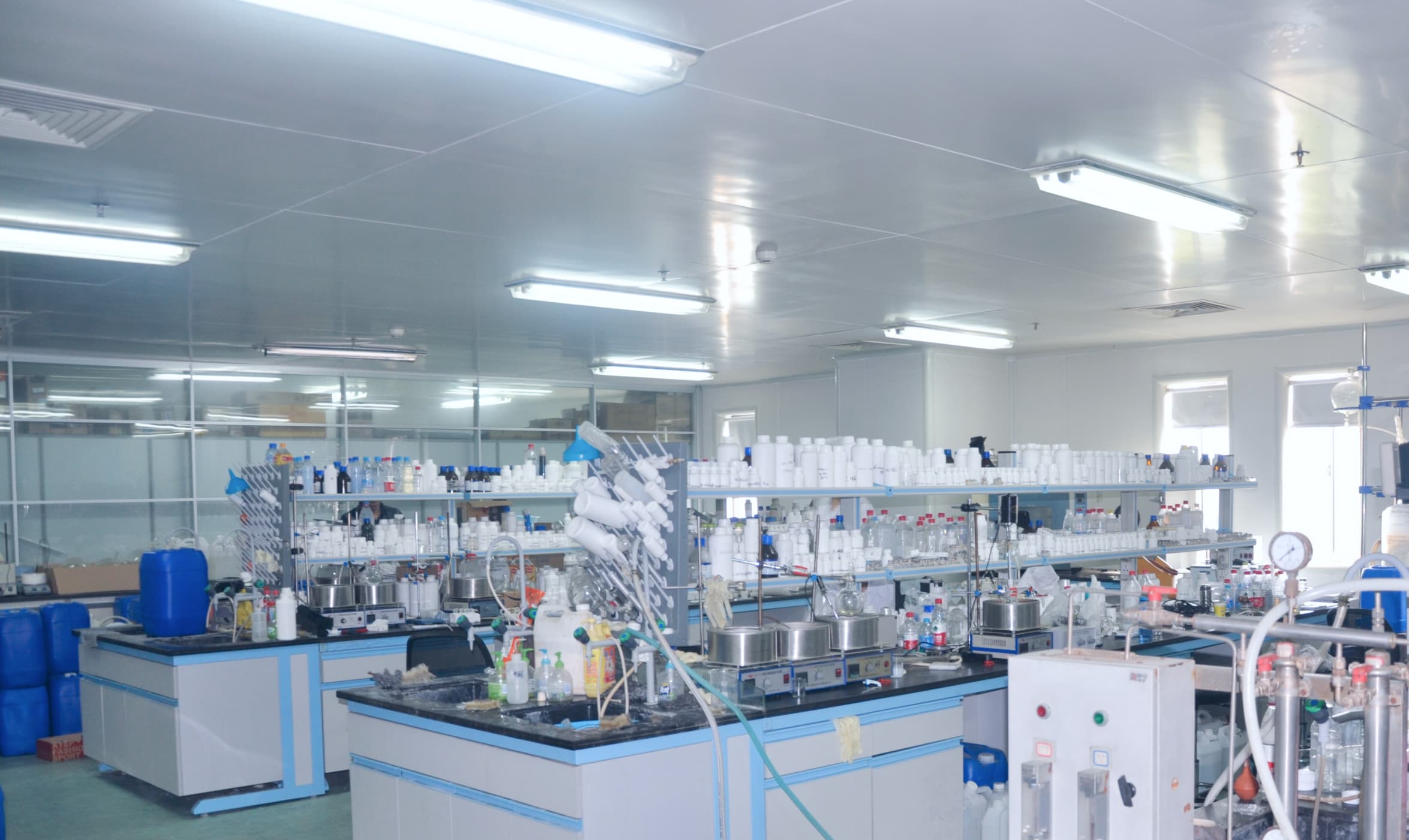



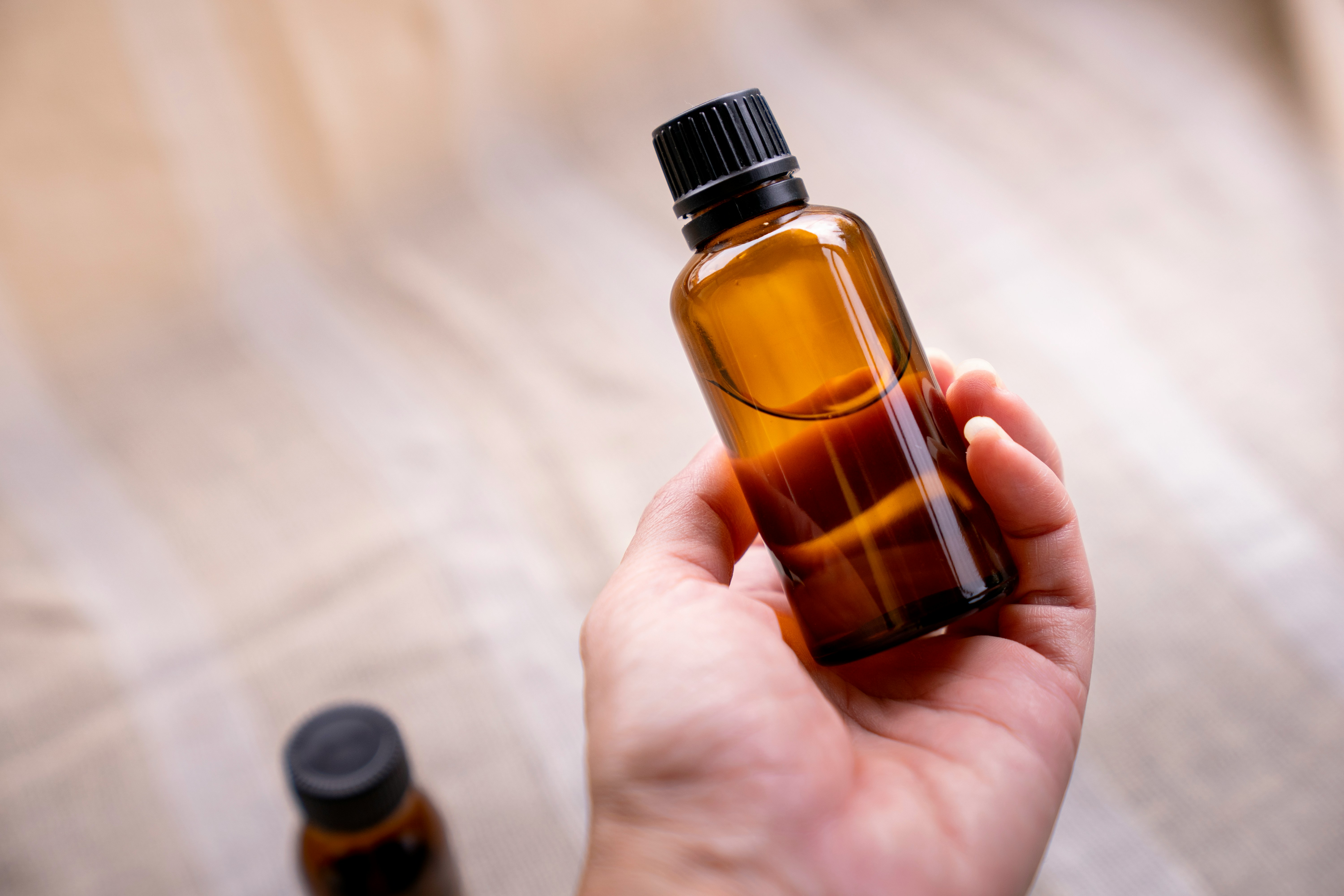


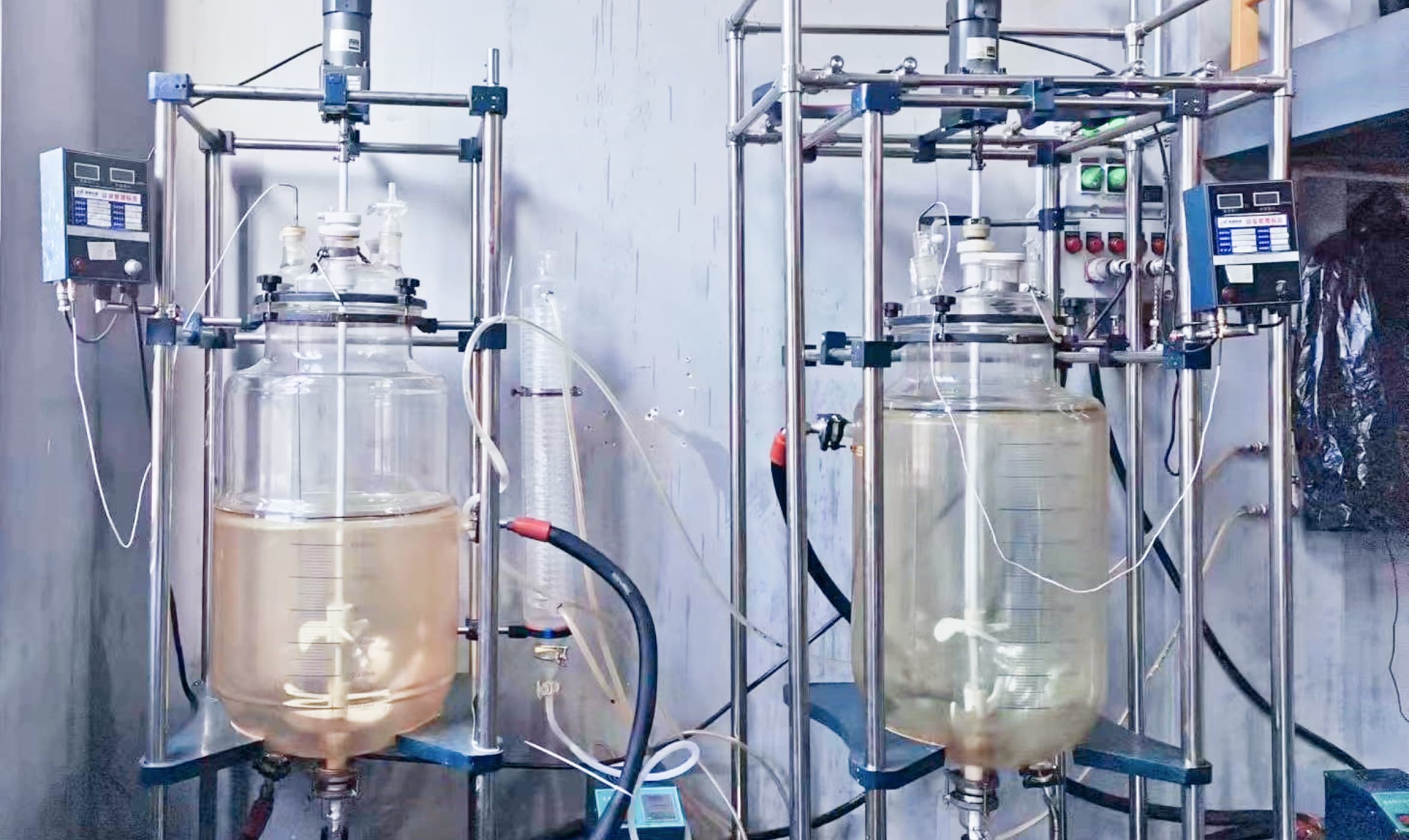



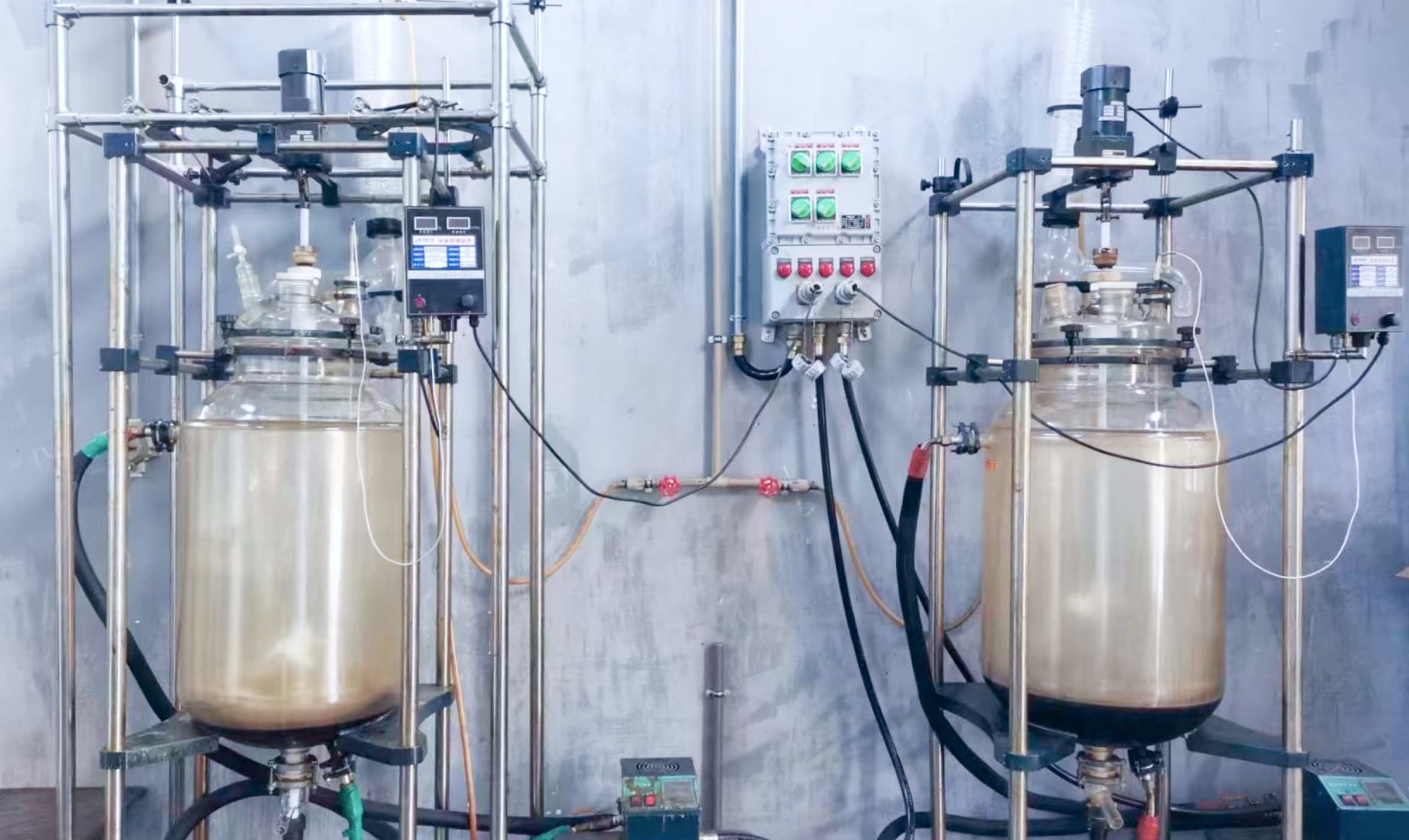
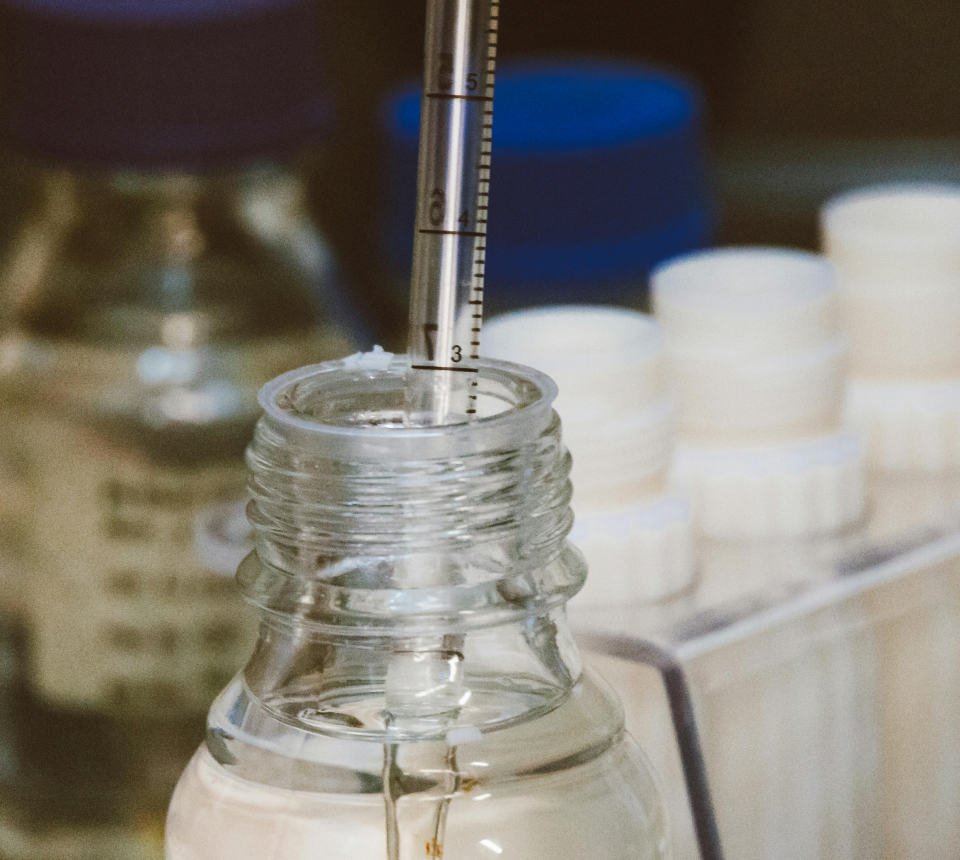





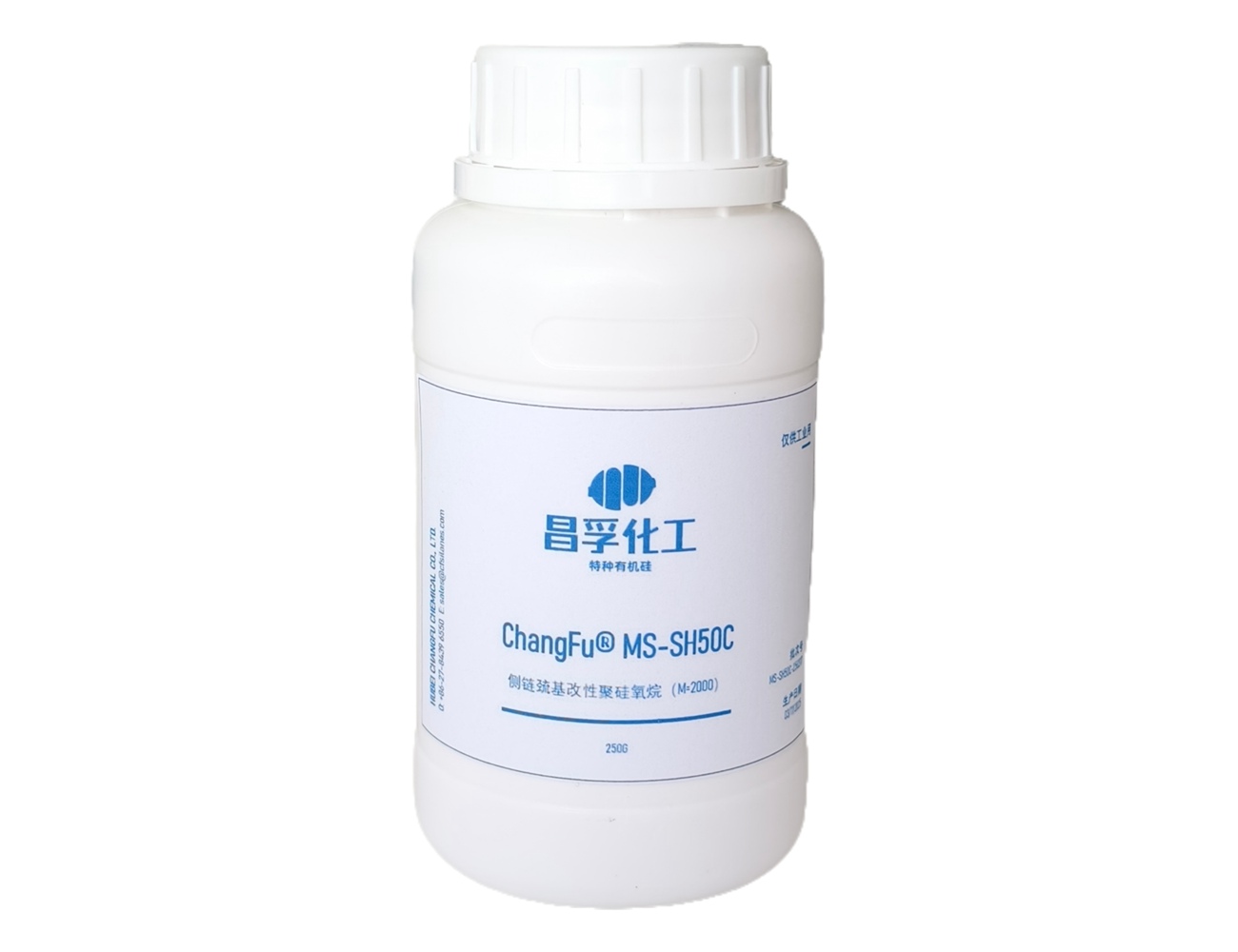



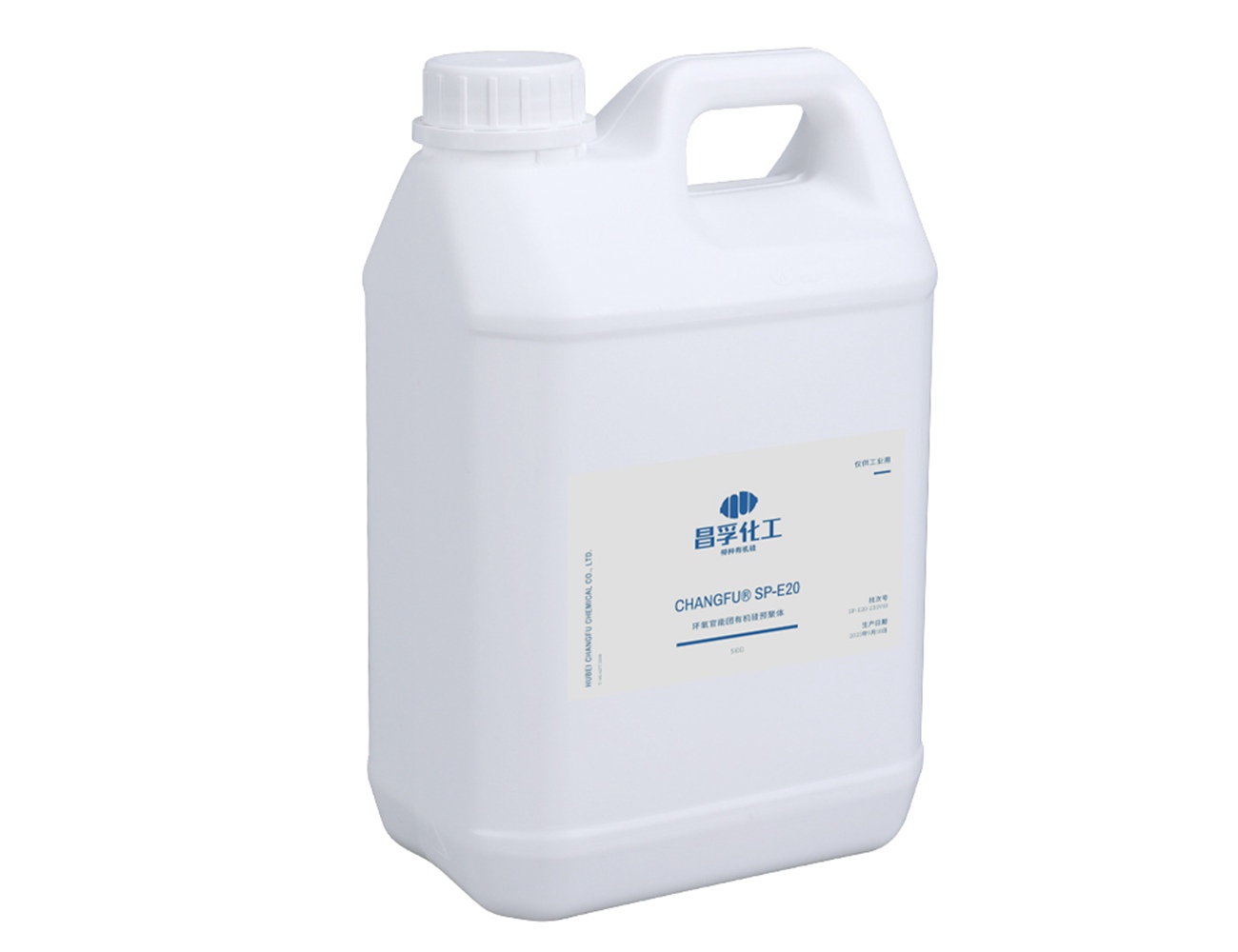
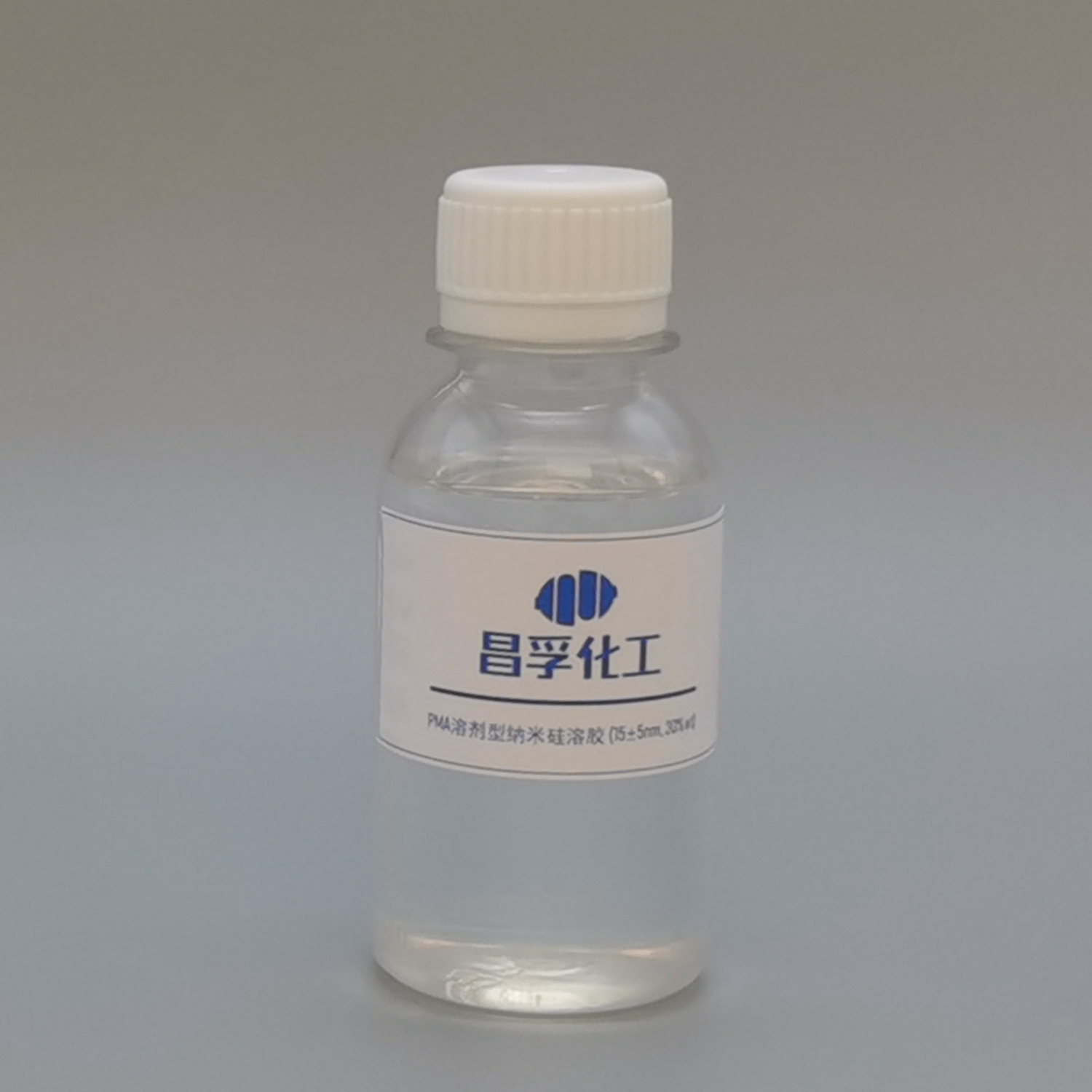
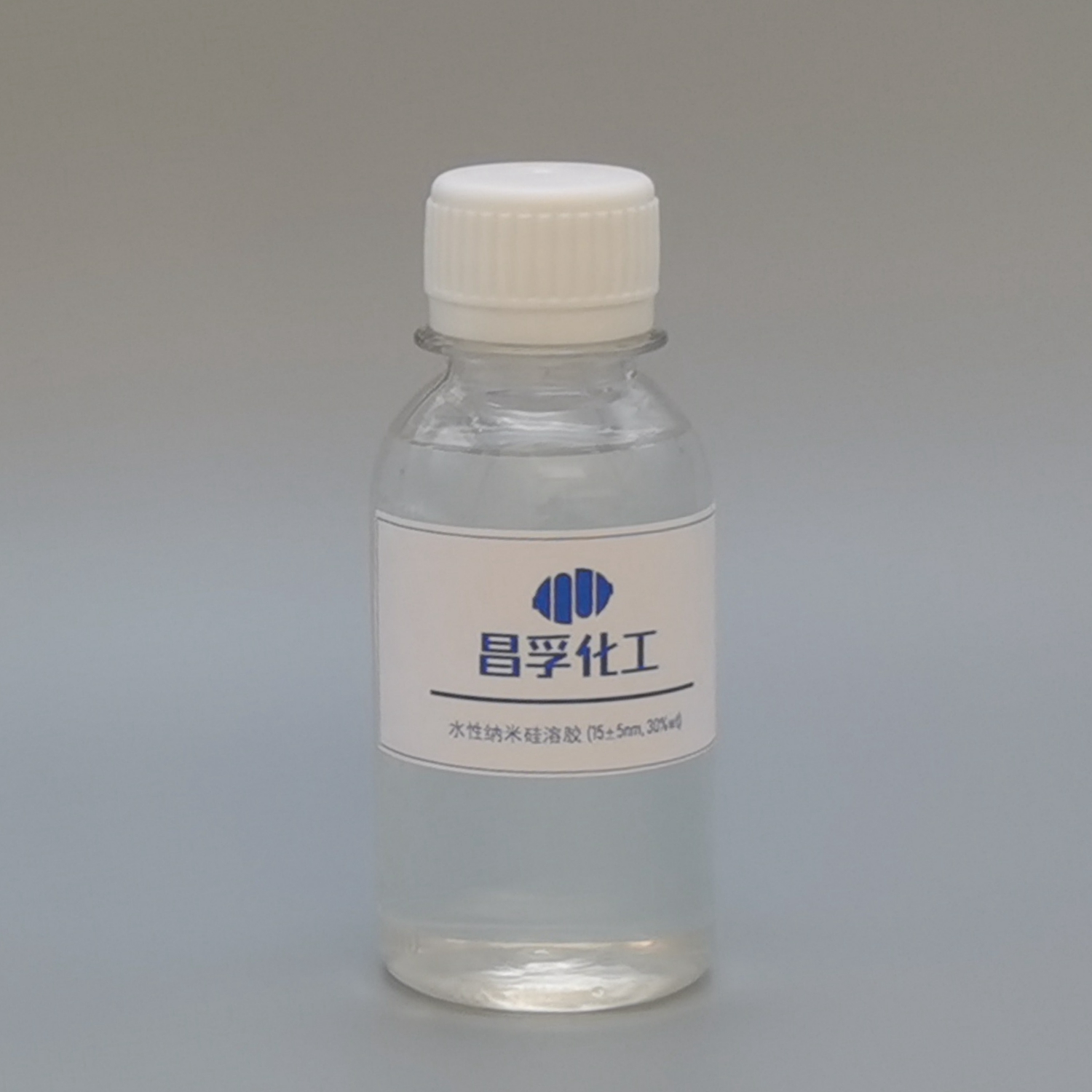

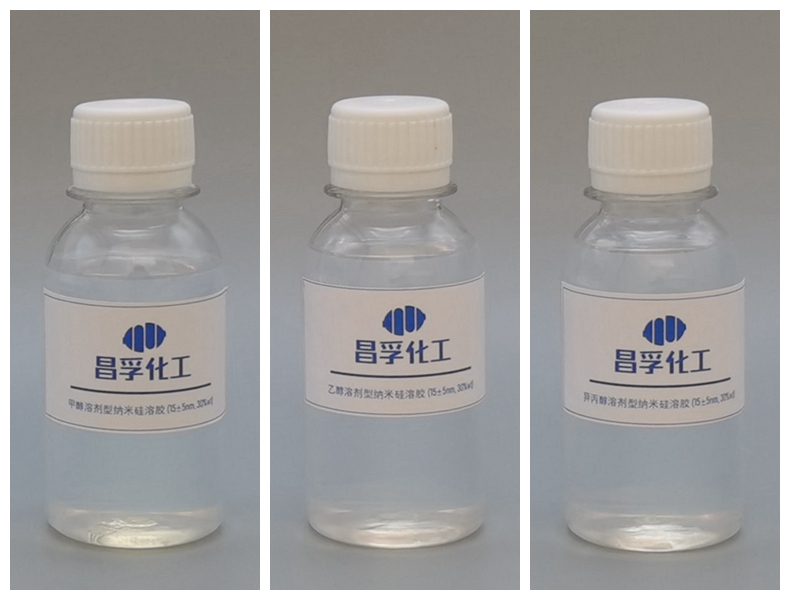
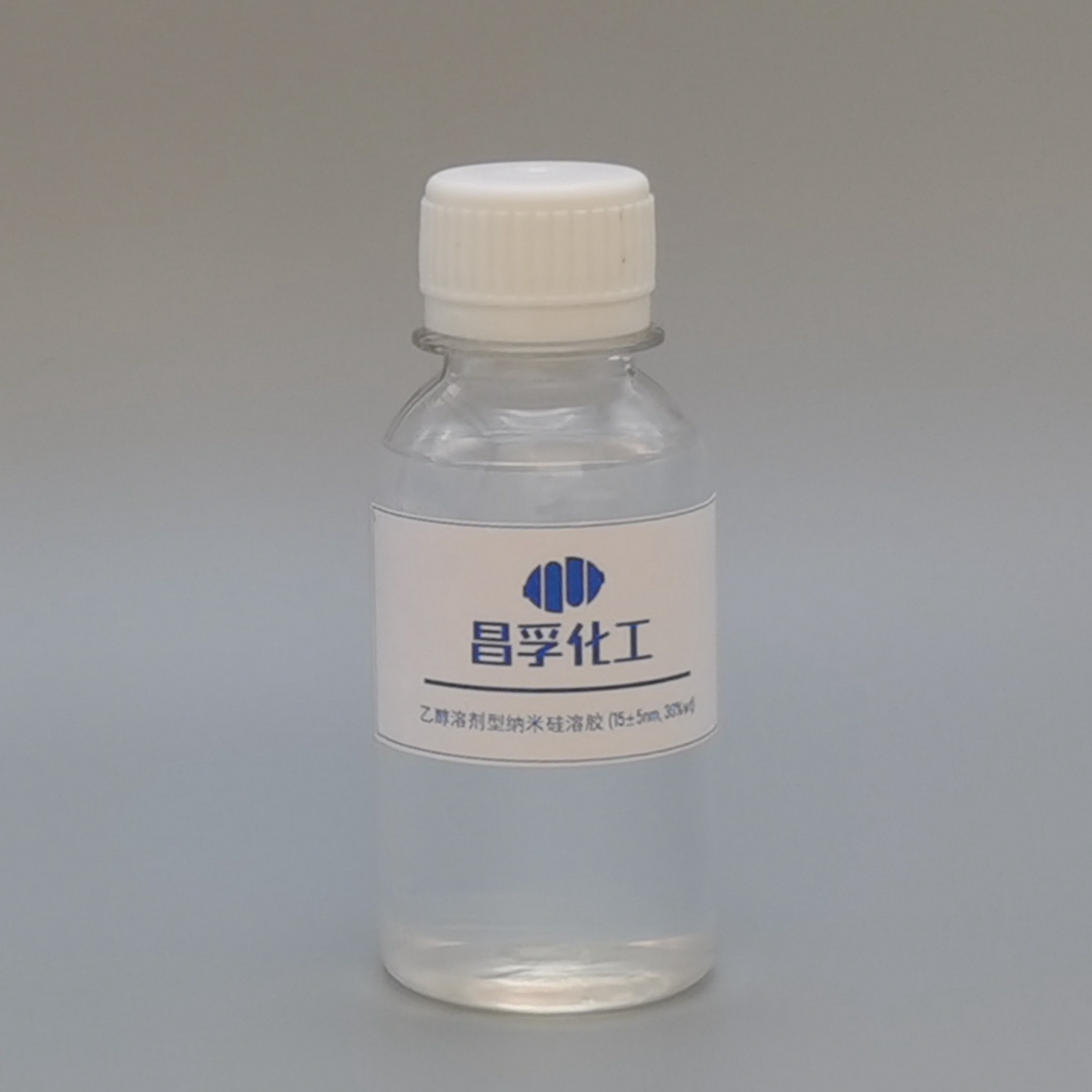
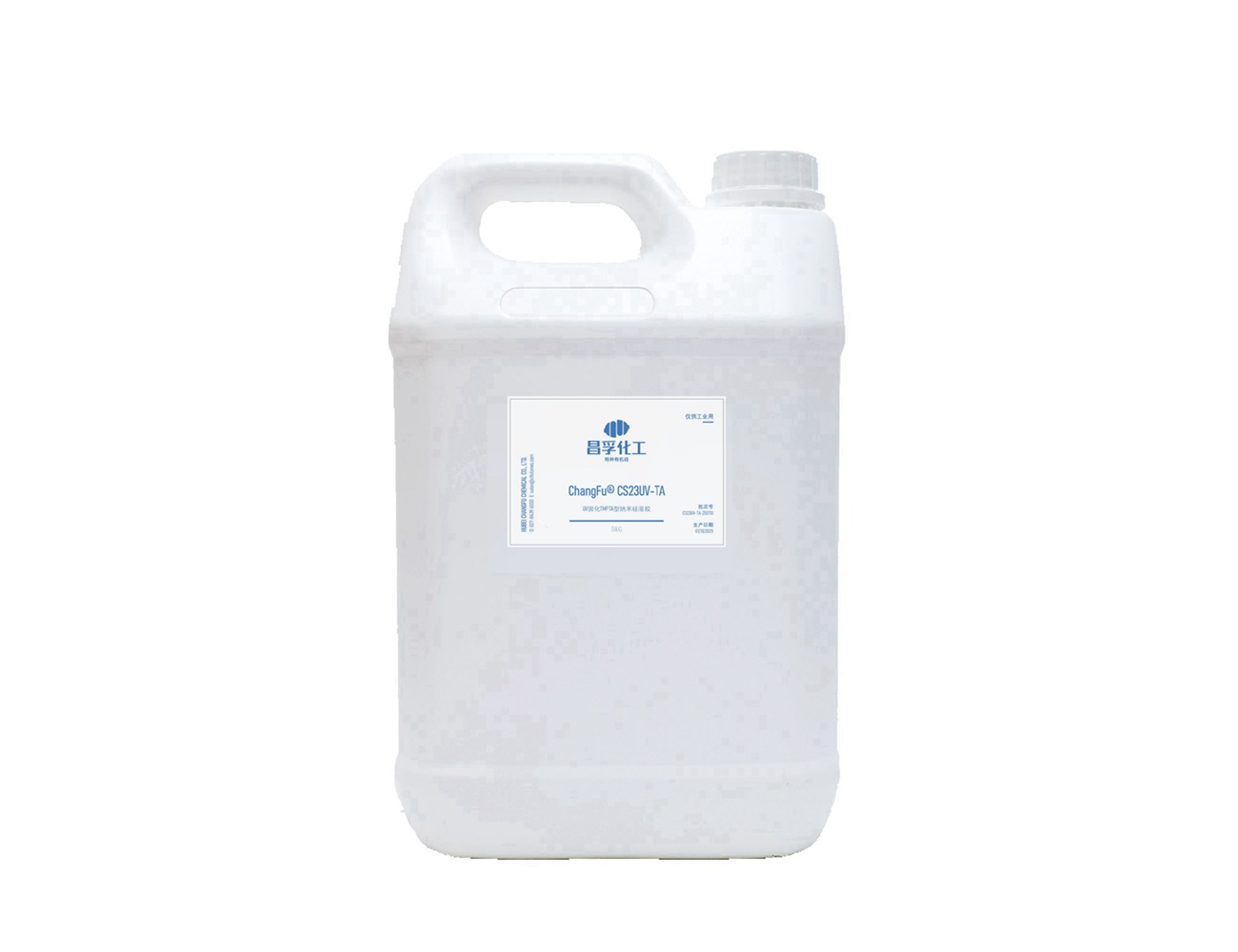
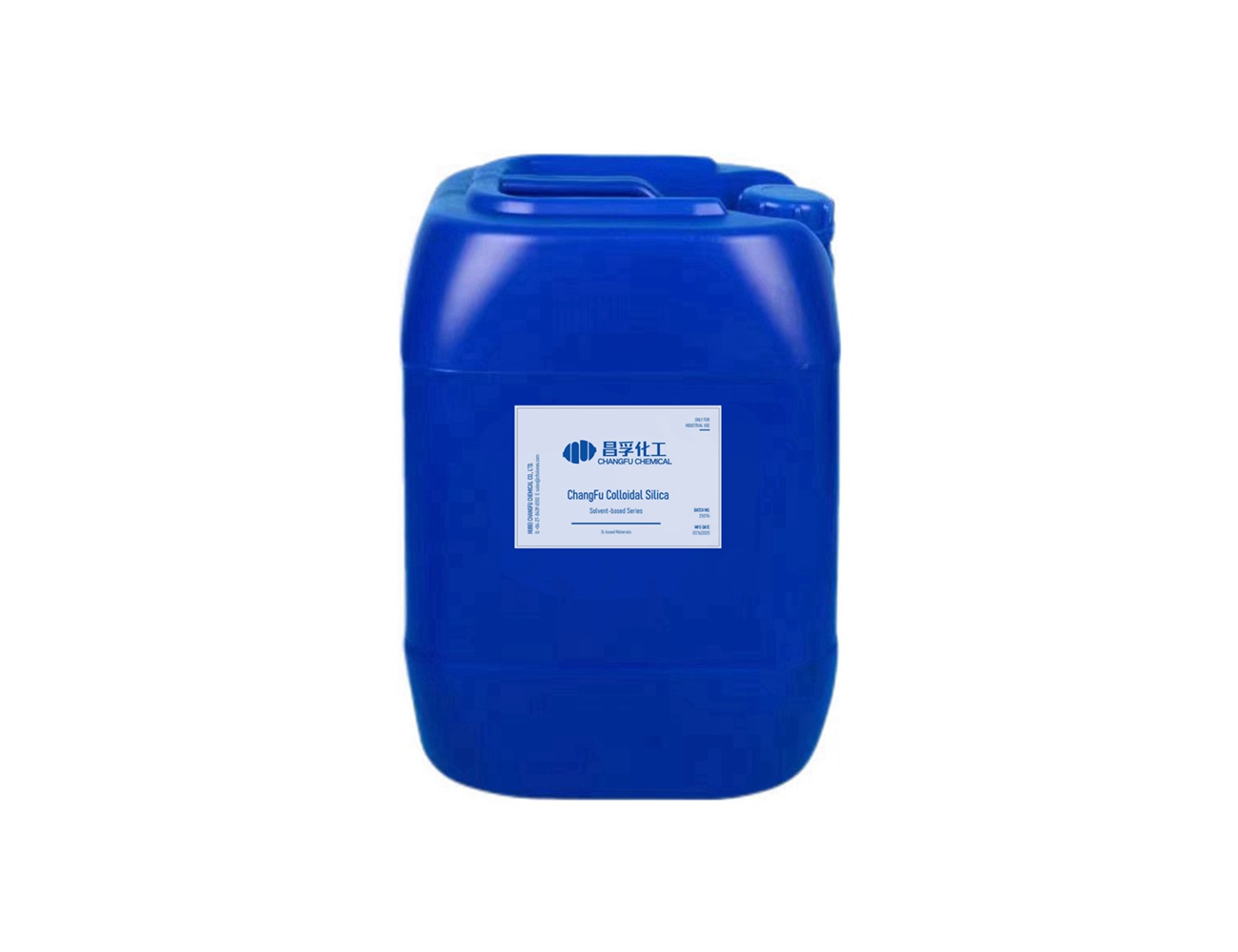


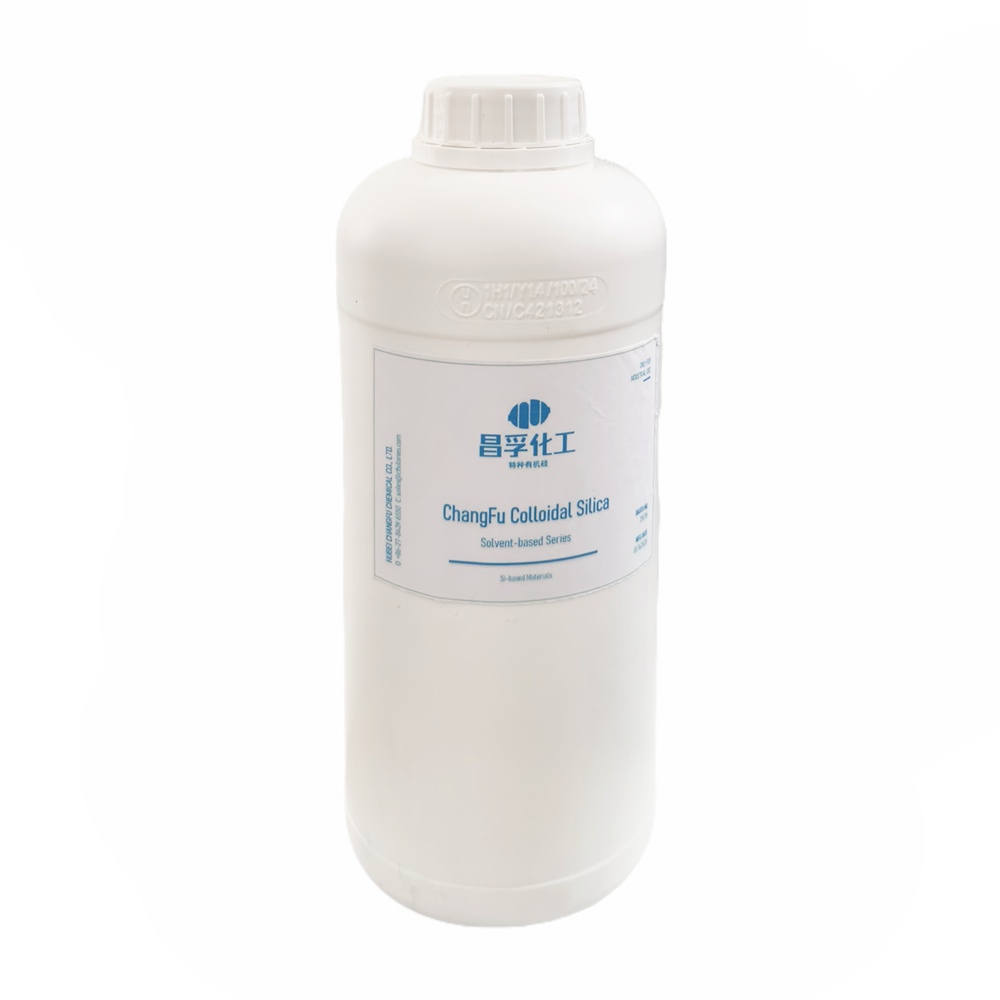


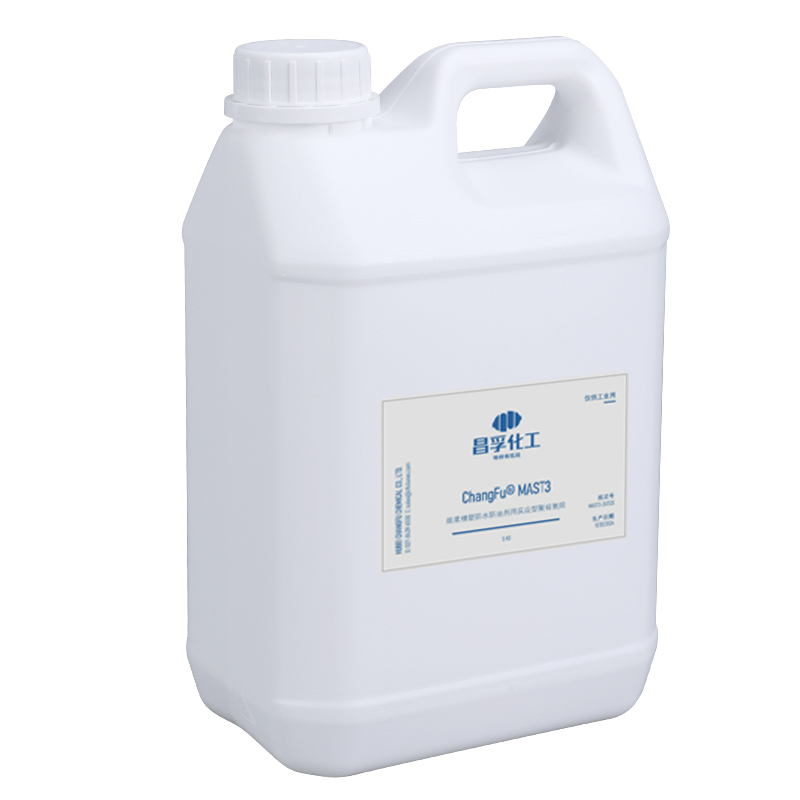





































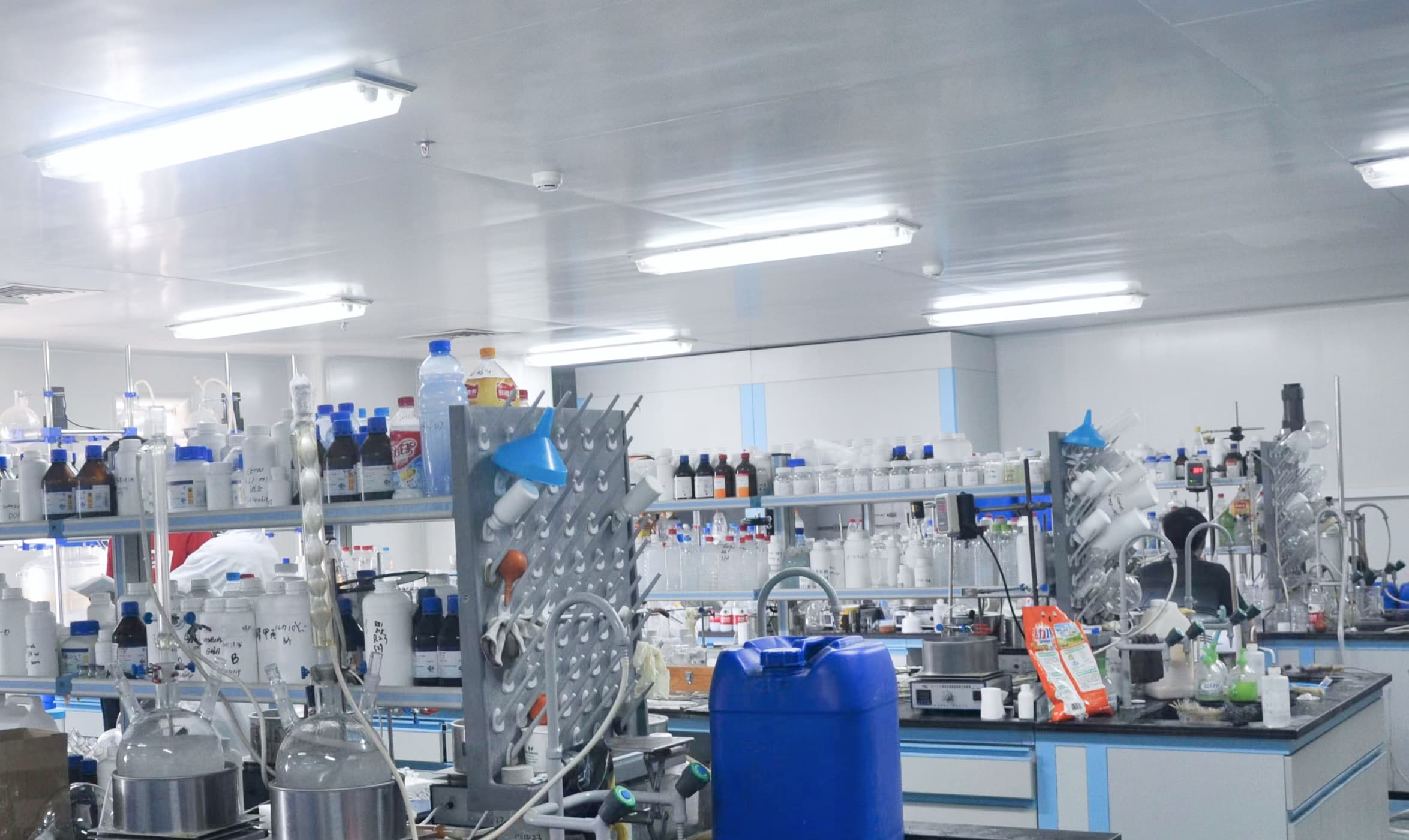

+86 27 8439 6550
+86 181 6277 0058
sales@cfsilanes.com
Optics Valley Bio-City
No. 666, Gaoxin Avenue
Hongshan District, Wuhan City

+86 27 8439 6550 | +86 181 6277 0058
sales@cfsilanes.com
Optics Valley Bio-City
No. 666, Gaoxin Avenue
Hongshan District, Wuhan City
Copyright © Hubei ChangFu Chemical Co., Ltd. All Rights




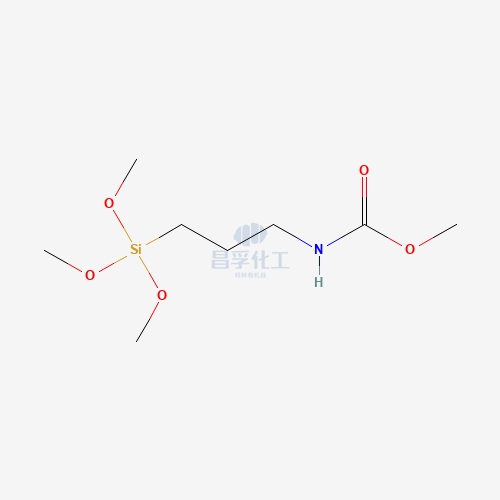
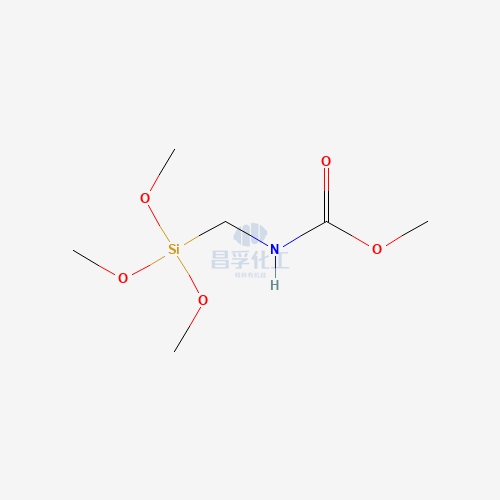
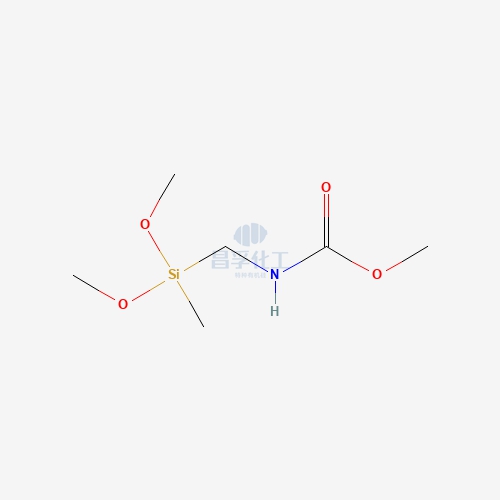
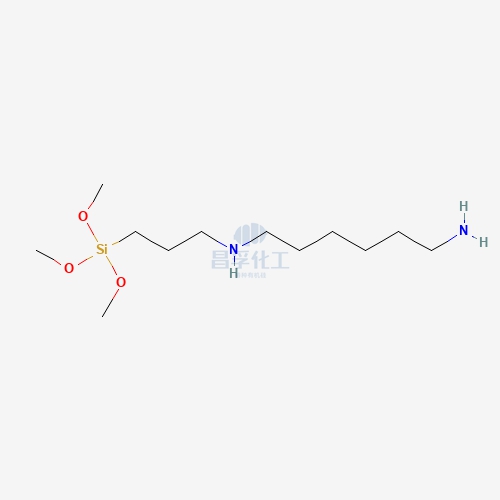
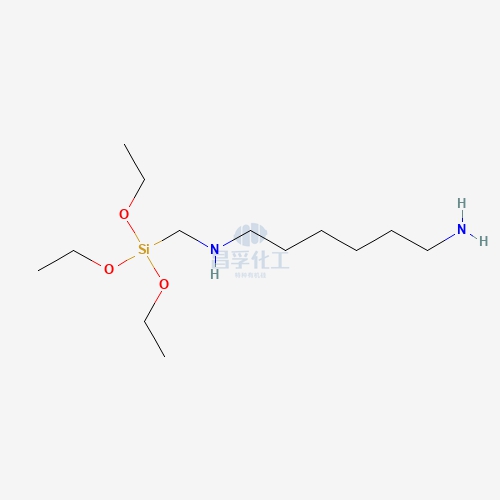
![N-[5-(Trimethoxysilylpropyl)-2-aza-1-oxopentyl]caprolactam CAS: 106996-32-1 106996 32 1 N-[5-(Trimethoxysilylpropyl)-2-aza-1-oxopentyl]caprolactam CAS: 106996-32-1 106996 32 1](https://cdn.yofishseo.com/1363882761272232/106996-32-1.jpg)
